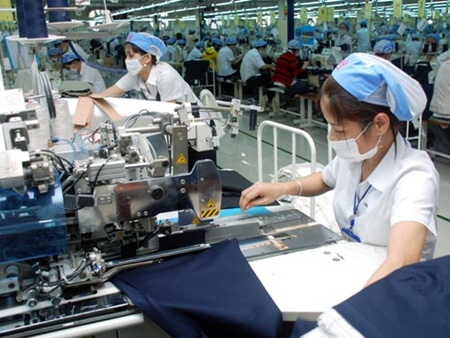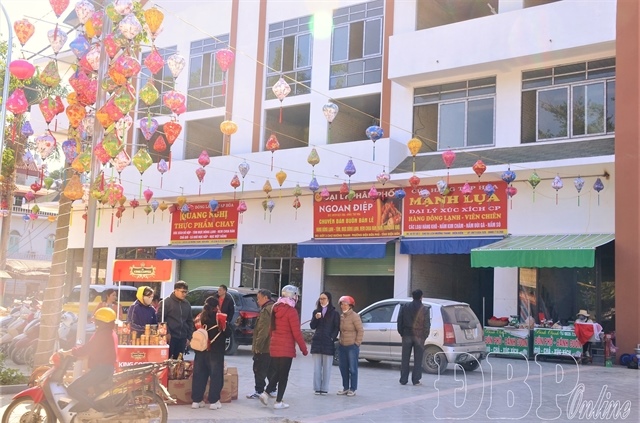Business operations scale down
Business operations scale down
The scale of Vietnamese businesses tended to decrease, as the proportion of small and micro businesses has became greater than medium and large-d enterprises.

This was revealed at the forum on Business Development and Quality of Growth at the launching of the Viet Nam Business Annual Report 2013, held in Ha Noi on Tuesday.
Pham Thi Thu Hang, general secretary of the Viet Nam Chamber of Commerce and Industry, said the proportion of small and micro businesses increased continuously from 2007-12, reaching 94-95.8 per cent. Of this, the proportion of micro enterprises rose from 61.4 per cent in 2007 to 66.8 per cent in 2012.
Medium and large businesses have always accounted for a small proportion of the nation's total enterprises, and have tended to decrease. In 2012, only 2 per cent of all businesses were medium- businesses and 2.3 per cent were large firms.
Further, Hang said the growth rate of operating businesses continuously decreased after the global financial crisis struck. As of the beginning of 2013, Viet Nam had more than 347,000 operating companies, while 2012 witnessed a major change in available capital for business.
In fact, for the first time in 10 years, the total capital found in the business sector decreased, compared to previous years, as a result of the economic crisis and tightening monetary policies designed to curb inflation and stabilise the macroeconomy, as well as the impact of business restructuring, which was focused on State-owned enterprises (SOEs), she added.
The growth rate of total revenues in 2012 also fell sharply, to 3.6 per cent, while those in 2011 were 36.6 per cent. Notably, it was lower than the 15.5 per cent growth rate recorded in 2009.
She said the decrease was mainly in State-owned enterprises (SOE) and foreign direct invested (FDI) companies.
"The decrease in the number of SOEs was due to equalisation policies. However, the decrease in the FDI sector will cause the country to review its policies relating to attracting FDI," she added.
Sharing these ideas, Victoria Kwakwa, World Bank's Country Director, said Vietnamese businesses have been changed in term of quantity but quality.
She said 60 per cent of the country's businesses were built on a micro scale with less than 10 labourers, and 90 per cent of the nation's businesses employed fewer than 50 people.
She suggested that the Government should establish regional and sector economic structures consistent with business efficiencies, and promote local and national competitive advantages.
In addition, it should select a number of industries which have a competitive advantage for development priorities, focusing on a number of effective enterprise with the scale of edium or higher.
Businesses show
Despite the difficulties, significant improvements in Viet Nam's economy were expected this year, as the world economy has become more favourable and the internal macroeconomic environment has been stablised.
The report revealed that nearly 51 per cent of enterprises planned to maintain their business scale in 2014. Additionally, more than 42 per cent of surveyed firms could expand their business scale and 6.7 per cent could reduce their . Also, only 0.1 per cent of the firms would likely be suspended.
However, VCCI's chairman Vu Tien Loc said the concern for Vietnamese enterprises was their lower ability to compete, together with low productivity and less spending on research, thus deterring firms from reporting breakthroughs in science and technology.
Loc recommended that policy makers and businesses focus on three key factors to create a renewed growth model which include improving their economic structures and efficiencies by enhancing the efficiency of business operations, including SOEs, and exploiting advantages in their competitiveness in potential industries and regions.
vietnamnes


















